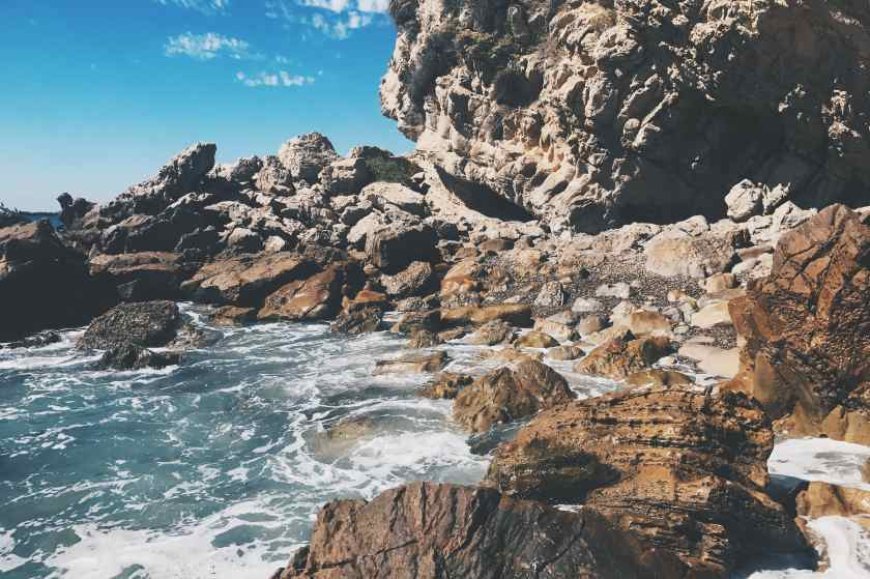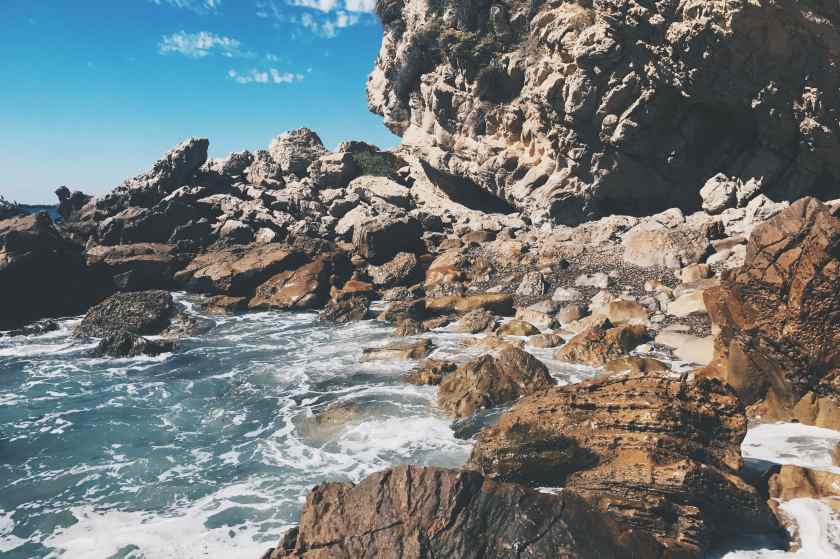Tourism in Kvarner: Rising Arrivals and the Challenge of Declining German Visitors


Kvarner, a beloved tourist hotspot in Croatia that includes Primorje-Gorski Kotar County, has had a mixed bag for summer 2025. The Kvarner Tourist Board announced that from January to July, overnight stays climbed by two percent, and arrivals grew by three percent over the same months in 2024. This steady rise confirms that the region remains a favorite stop on the Adriatic coast. Yet, the good news is tempered by a dip in arrivals from Germany, the area’s second-largest market, and this drop highlights the need for smarter, targeted tourism plans moving forward.
Kvarner’s Tourism Growth: Hopeful Signs for 2025
Key tourism indicators in Kvarner paint an encouraging picture. The two percent lift in overnight stays and the three percent bump in arrivals signal that holidaymakers are returning with confidence. The real highlight is the pre-season, which reported solid numbers and suggests the area is well on track for a busy mid-summer spike. These results support the partnership efforts between the Kvarner Tourist Board and local businesses, and show that the region’s charms and memorable experiences continue to resonate with travellers.
The Kvarner region keeps shining brighter every year, thanks to a mix of gorgeous drawcards like the coastal towns of Opatija, Rijeka, and the islands of Krk, Cres, and Lošinj. Visitors find dramatic seascapes, age-old towns, and perfect trails for hiking, biking, and water sports, so the region keeps tempting both foreign and local travelers. Plus, the tempting food, lively festivals, and rich cultural history mean there’s always something to celebrate, no matter the season.
As more travelers pack their bags for Kvarner, local hotels, eateries, and sightseeing companies are feeling the boost. Busy dining rooms and fully booked rooms show just how much the region is thriving. Tour guides, bus services, and festival planners are also seeing more bookings, spreading the good fortune across every corner of the region.
Decline in German Tourist Arrivals
Kvarner’s tourism numbers still look good overall, but there’s been a setback with German visitors, who are a crucial group for Croatian travel. Irena Peršić Živadinov, director of the Kvarner Tourist Board, recently noted a two percent fall in German arrivals for July 2025. Since German tourists account for about 30 percent of the region’s total, that small drop is enough to cause concern for planners here.
Experts are pointing to a few reasons behind the slowdown, with rising prices at the top of the list. Germans typically look for a mix of good value and quality when they travel, and Kvarner has long offered that balance. But climbing bills for hotels, dining, and transport are making some German travelers pause before booking. As a result, they may choose fewer trips to Kvarner this summer.
German travelers are famous for watching their wallets, and just a small jump in prices can shake up their travel choices. When transportation costs rise and service quality stays flat, it’s no surprise that some visitors shorten their stays or choose other locations.
Keeping Value for Money in Sight
The drop-off in German visitors shows that Kvarner must tweak its tourism plans to stay attractive to these budget-aware travelers. Competitive pricing is crucial, but so is delivering consistent service quality, so German guests keep the region on their list.
Tourism partners in Kvarner should zero in on offering an all-around great experience that feels worth every euro. This means presenting a choice of lodgings for every pocket, spotlighting local meals that don’t break the bank, and creating a lineup of activities that showcase the region’s rich culture and stunning nature.
Making travel easier—whether through better roads, trains, or easy access to beaches and parks—helps keep Kvarner’s prices fair and shows visitors the benefit of their dollar. Kvarner’s visitor experience starts the moment their flight touches down and lasts until they wave goodbye. If the whole journey and every activity flow smoothly, their memory of the region stays bright and they want to come back.
Broadening Kvarner’s Tourist Map
While everyone loves the charm of Opatija’s seafront and Rijeka’s lively street fairs, Kvarner’s growth plan reaches farther. The region is now shining a spotlight on quieter coastal villages, hidden islets, and countryside valleys, inviting travelers to wander the paths less trodden. By spreading the visitor love, Kvarner protects its busiest places from crowd burnout and shares the income from tourism with every village, forest, and family bakery.
Current efforts are giving visitors fresh reasons to roam. Vine-covered hills are now home to agritourism stays where guests help at the harvest and taste home-pressed olive oil. Guided hikes through fragrant forests on ecological programs draw nature lovers away from the cafes and into the wild, proving that Kvarner’s beauty is as generous as its coastline. Each of these stories keeps travel responsible, keeps nature beautiful, and keeps the region’s future bright.
The region is also focused on creating year-round tourism so that it isn’t so dependent on the busy summer months. By encouraging visitors to experience different seasons—like skiing in the winter or enjoying hotel and spa retreats focused on wellness—Kvarner is working to keep the flow of tourists steady all year long.
Sustainable Tourism and Eco-Friendly Initiatives
Sustainability is becoming a big part of Kvarner’s tourism plans. More travelers now look for trips that are kind to the environment, and Kvarner is responding.
Hotels and local operators are switching to renewable energy, cutting down on waste, and offering electric cars to make getting around easier. At the same time, the region is stepping up to protect forests, coastlines, and marine areas.
By prioritizing green practices, Kvarner is in line with what travelers around the world want, including many visitors from Germany, where eco-friendly travel is a top concern. This focus on protecting nature is making the region a standout choice for eco-aware tourists.
Conclusion
Kvarner’s tourism industry is still expanding in 2025, with more visitors and longer stays showing that people love coming here. The drop in German tourists, though, reminds us that fair prices and top-notch service are key. If Kvarner keeps giving outstanding value, invests in green practices, and shines a spotlight on different parts of the region, it can stay at the front of the pack on Croatia’s Adriatic coast. The tourism plan must keep evolving with what travelers want, so Kvarner stays a sought-after and eco-friendly spot in the future.
The post Tourism in Kvarner: Rising Arrivals and the Challenge of Declining German Visitors appeared first on Travel And Tour World.






